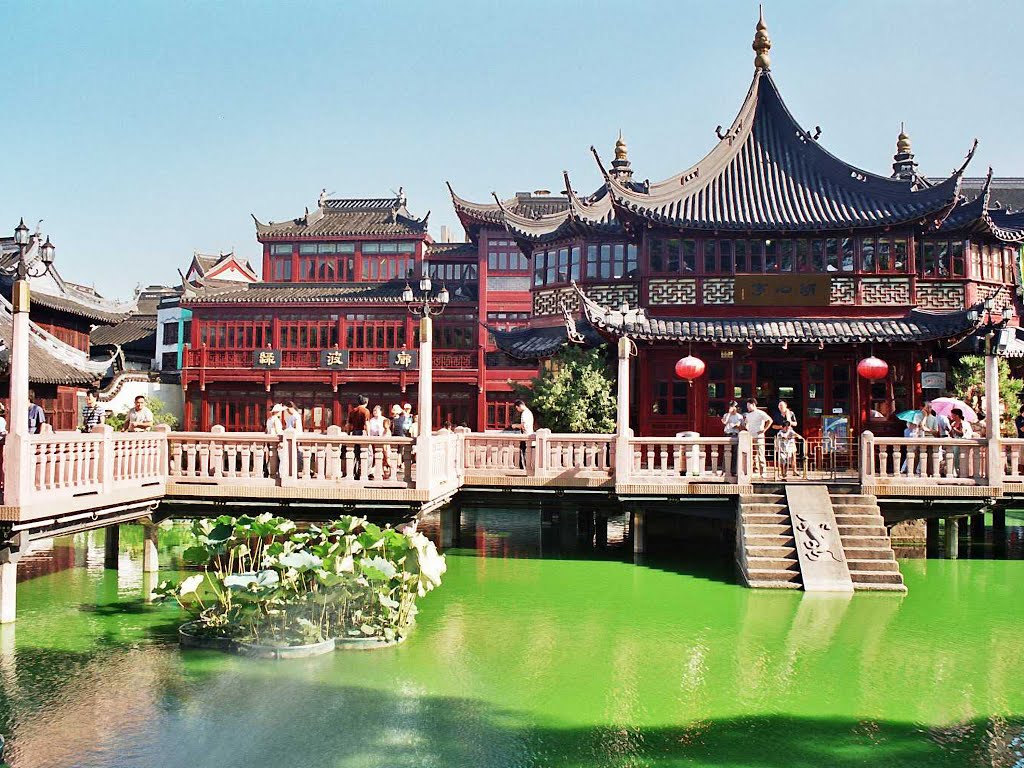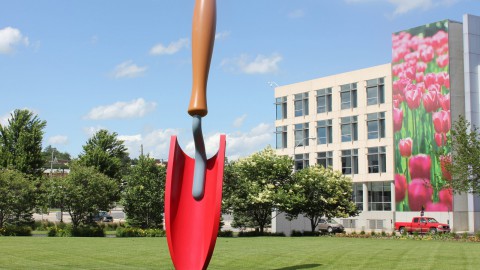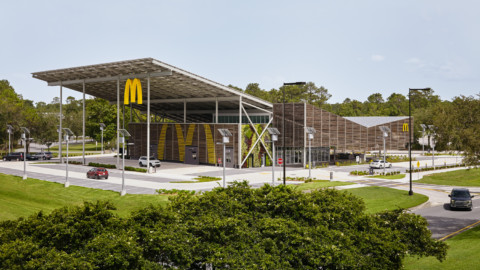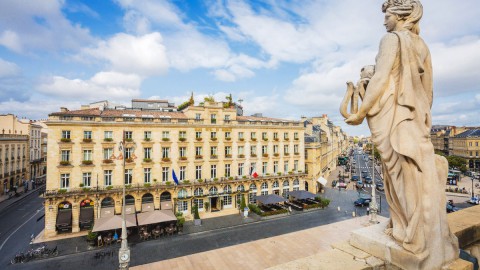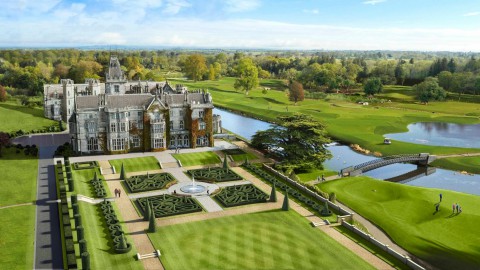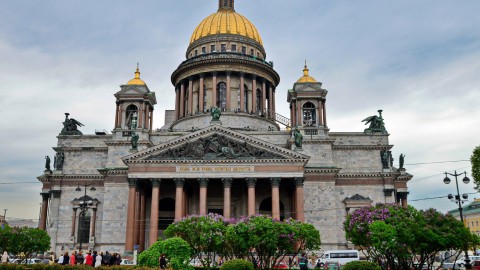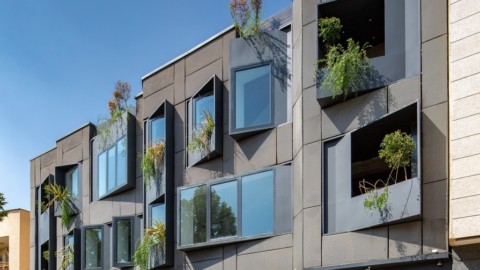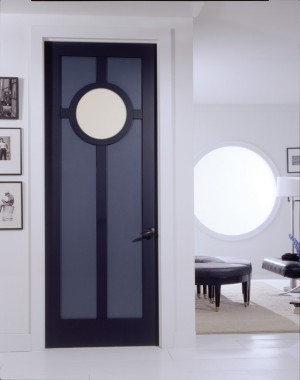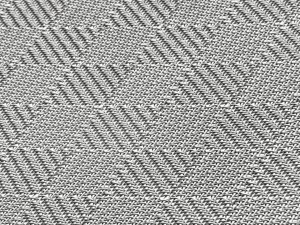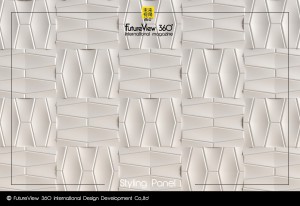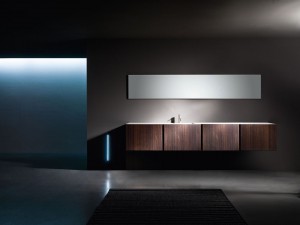Yu Garden 豫園
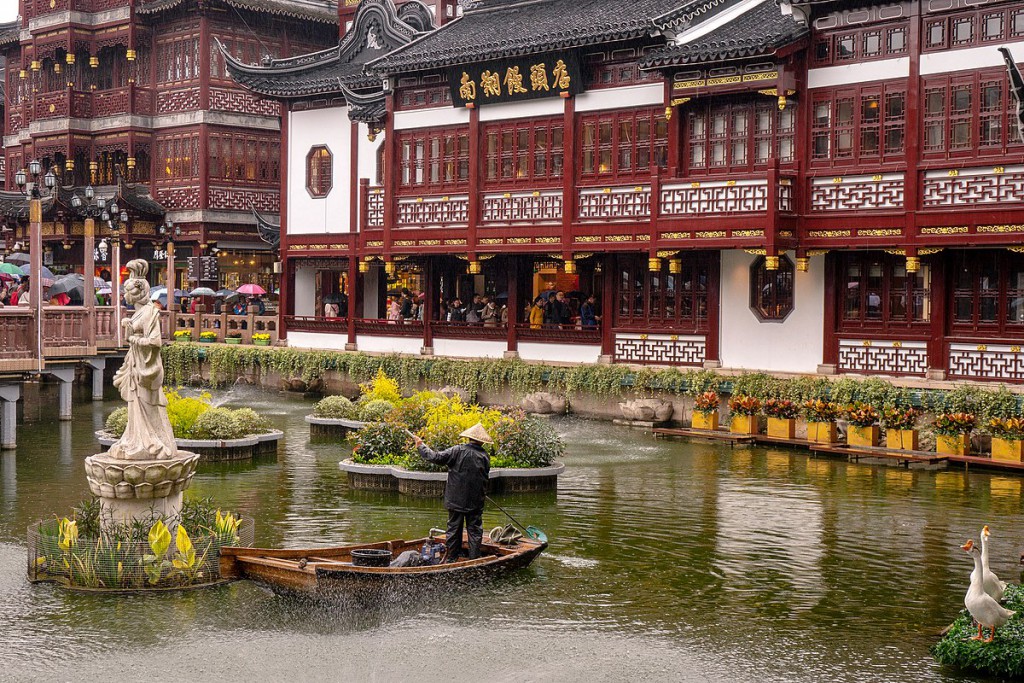
Yu Garden or Yuyuan Garden (simplified Chinese: 豫园; traditional Chinese: 豫園; pinyin: Yù Yuán, Shanghainese “Yuyu” lit. Garden of Happiness) is an extensive Chinese garden located beside the City God Temple in the northeast of the Old City of Shanghai at Huangpu Qu, Shanghai Shi. It abuts the Yuyuan Tourist Mart, the Huxinting Teahouse and the Yu Garden Bazaar.
The garden is accessible from the Shanghai Metro’s Line 10 Yuyuan Garden Station.
A centerpiece is the Exquisite Jade Rock (玉玲珑) a porous 3.3-m, 5-ton boulder. Rumours about its origin include the story that it was meant for the Huizong Emperor (Northern Song Dynasty from 1100-1126 AD) at the imperial palace in Beijing, but was salvaged from the Huangpu River after the boat carrying it had sunk.
豫園或豫園(簡體中文:豫園;繁體中文:豫園;拼音:YùYuán,上海人“Yuyu”點燃。幸福花園)是一個廣闊的中國花園,位於舊城東北的城God廟旁邊。 上海黃浦區,上海。 它毗鄰豫園旅遊市場,Huxinting Teahouse和Yu Garden Bazaar。
從上海地鐵10號線豫園花園站可以到達花園。
一個核心是精緻玉石(玉玲瓏),一塊3.3米長,5噸重的巨石。 關於它的起源的謠言包括它在北京皇宮的徽宗皇帝(公元1100年至1126年的北宋時期)的故事,但在載有它的船沉沒後從黃浦江打撈出來。
Yu Garden was first built in 1559 during the Ming Dynasty by Pan Yunduan as a comfort for his father, the minister Pan En, in his old age. Pan Yunduan began the project after failing one of the imperial exams, but his appointment as governor of Sichuan postponed construction for nearly twenty years until 1577. The garden was the largest and most prestigious of its era in Shanghai, but eventually its expense helped ruin the Pans.
The garden was inherited by Zhang Zhaolin, Pan Yunduan’s granddaughter’s husband, and then passed to different owners. A section was briefly organised by Zhang Shengqu as the “Academy of Purity and Harmony” (清和书院, Qīng-Hé Shūyuàn) and the Ling Yuan (灵苑, Líng Yuàn, lit. “Spirit Park”), today’s East Garden, was purchased by a group of local leaders in 1709. A group of merchants renovated the increasingly decrepit grounds in 1760 and in 1780 the West Garden was opened to the general public.
The gardens suffered damage numerous times during the 19th century. During the First Opium War, the British army used the Huxinting Teahouse as a base of operations for several days in 1842. During the Taiping Rebellion, the Small Swords Society ran its headquarters in the Dianchun Hall; by the time Qing troops recovered the garden, the original structures had nearly all been destroyed. They were damaged again by the Japanese in 1942 before being repaired by Liangshun Han (Rockery Han ) appointed by the Shanghai government from 1956 to 1961. They were opened to the public in 1961 and declared a national monument in 1982.
豫園始於明朝1559年,潘雲端為他父親潘恩部長的晚年安慰。潘雲端在一次帝國考試失敗後開始了這個項目,但他被任命為四川省長,將建設推遲了近二十年,直到1577年。這個花園是上海時代最大,最負盛名的花園,但最終它的花費幫助破壞了平底鍋。
花園由潘雲端的孫女的丈夫張兆林繼承,然後傳給不同的主人。張勝渠作為“清和書院”(清和書院,Qīng-HéShūyuàn)和凌源(靈苑,LíngYuàn,點亮“精神公園”),今天的東方花園,簡要組織了一個部分。 1709年由一群當地領導人購買。一群商人在1760年翻新了越來越破舊的土地,1780年,西花園向公眾開放。
在19世紀,花園遭受了無數次破壞。在第一次鴉片戰爭期間,英國軍隊在1842年將Huxinting茶館作為運營基地使用了好幾天。在太平天國起義期間,小劍協會將其總部設在Dianchun Hall;當清軍撤回花園時,原來的建築幾乎全部被摧毀。它們在1942年被日本人再次損壞,然後由上海政府於1956年至1961年任命的梁順漢(Rockery Han)修復。他們於1961年向公眾開放,並於1982年宣佈為國家紀念碑。
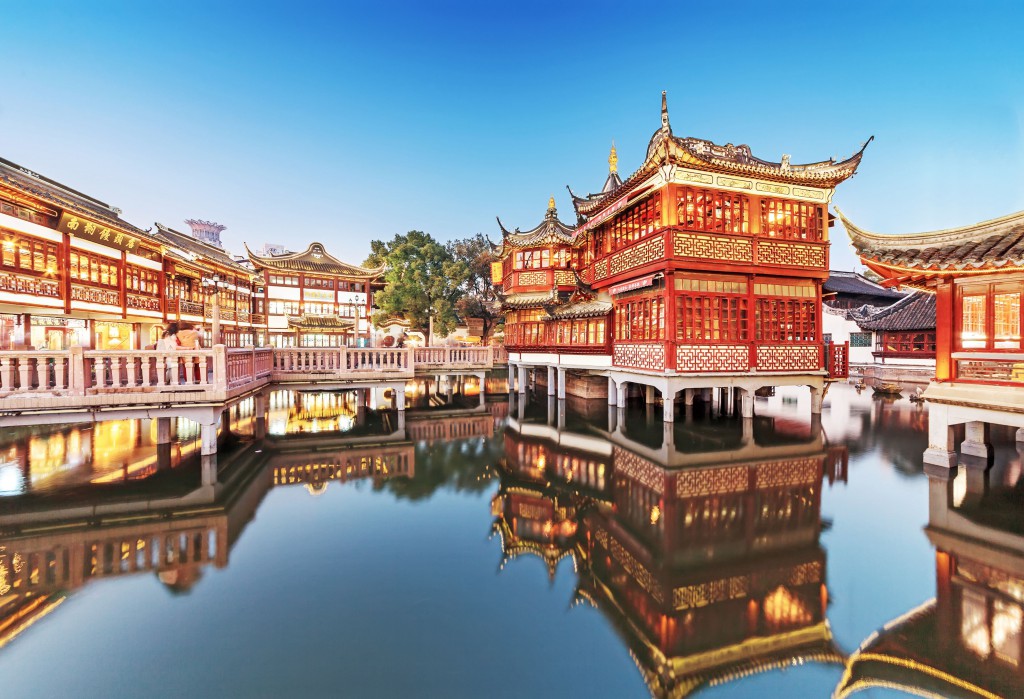
Today, Yu Garden occupies an area of 2 hectares (5 acres), and is divided into six general areas laid out in the Suzhou style:
-Sansui Hall (三穗堂, Sān Suì Táng, lit. “Three Tassel Hall”) – includes the Grand Rockery (大假山, Dà Jiǎshān ), a 12-meter-high rockery made of huangshi stone, featuring peaks, cliffs, winding caves, and gorges. This scenery was possibly created by Zhang Nanyang during the Ming Dynasty.
-Wanhua Chamber (万花楼, Wàn Huā Lóu, lit. “Chamber of the Ten Thousand Flowers”)
-Dianchun Hall (点春堂, Diǎn Chūn Táng, lit. “Heralding Spring Hall”) – built in 1820, the first year of the Daoguang Emperor; served as the base of the Small Swords Society from September 1853 to February 1855
-Huijing Hall (会景楼, Huì Jǐng Lóu)
-Yuhua Hall (玉华堂, Yù Huá Táng, lit. “Jade Magnificence Hall”) – furnished with rosewood pieces from the Ming Dynasty, shares its name with a mountain near Xinye in Zhejiang.
-Inner Garden (内园, Nèi Yuán) – rockeries, ponds, pavilions, and towers; first laid out in 1709 and more recently recreated in 1956 by combining its east and west gardens.
Each area is separated from the others by “dragon walls” with undulating gray tiled ridges, each terminating in a dragon’s head.
今天,豫園佔地2公頃(5英畝),分為蘇州風格的六個一般區域:
-Sansui Hall(三穗堂,SānSuìTáng,點亮“三個流蘇大廳”) – 包括大假山(大假山,DàJiǎshān),一座12米高的假石,由黃石石製成,有山峰,懸崖,蜿蜒的洞穴和峽谷。這個風景可能是明朝時期張南陽創造的。
-Wanhua Chamber(萬花樓,WànHuāLóu,點亮。“萬花室”)
-Dianchun Hall(點春堂,DiǎnChūnTáng,點燃“Heralding Spring Hall”) – 建於1820年,道光皇帝的第一年;從1853年9月到1855年2月,作為小劍協會的基地
-Huijing Hall(會景樓,HuìJǐngLóu)
-Yuhua Hall(玉華堂,YùHuáTáng,點亮“玉石大廳”) – 用明代的紅木作品裝飾,在浙江新野附近有一座山。
-Inner Garden(內園,NèiYuán) – 假山,池塘,涼亭和塔樓;最初於1709年建成,最近於1956年由東西方花園組合而成。
每個區域都被“龍牆”與其他區域隔開,其中有波狀的灰色瓷磚脊,每個脊都終止於龍的頭部。
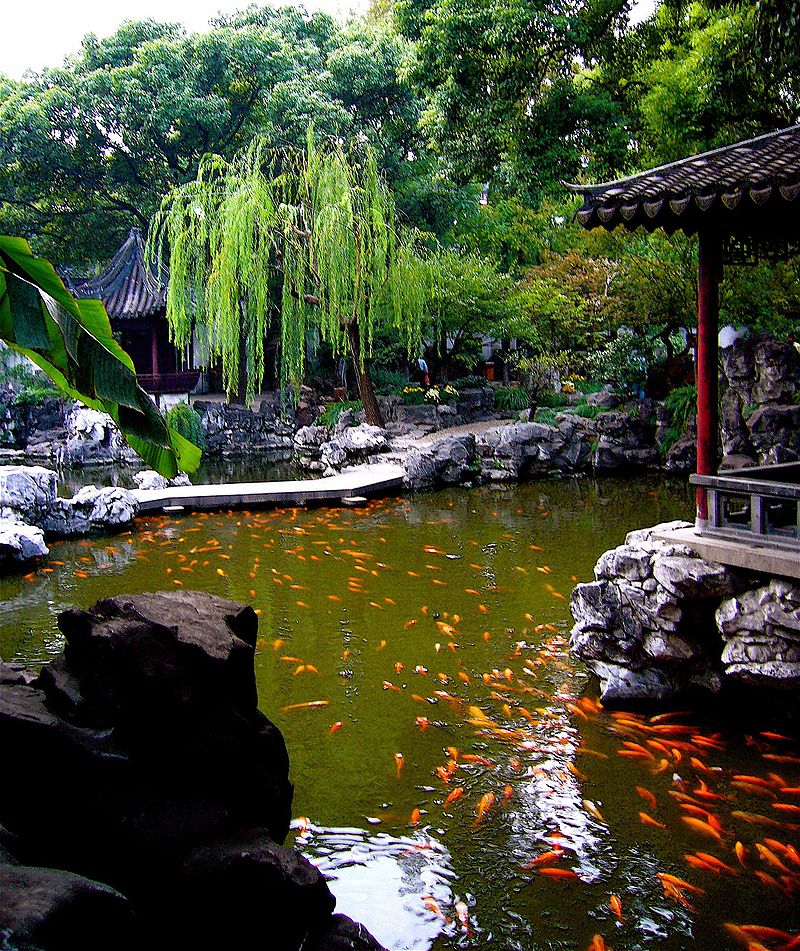
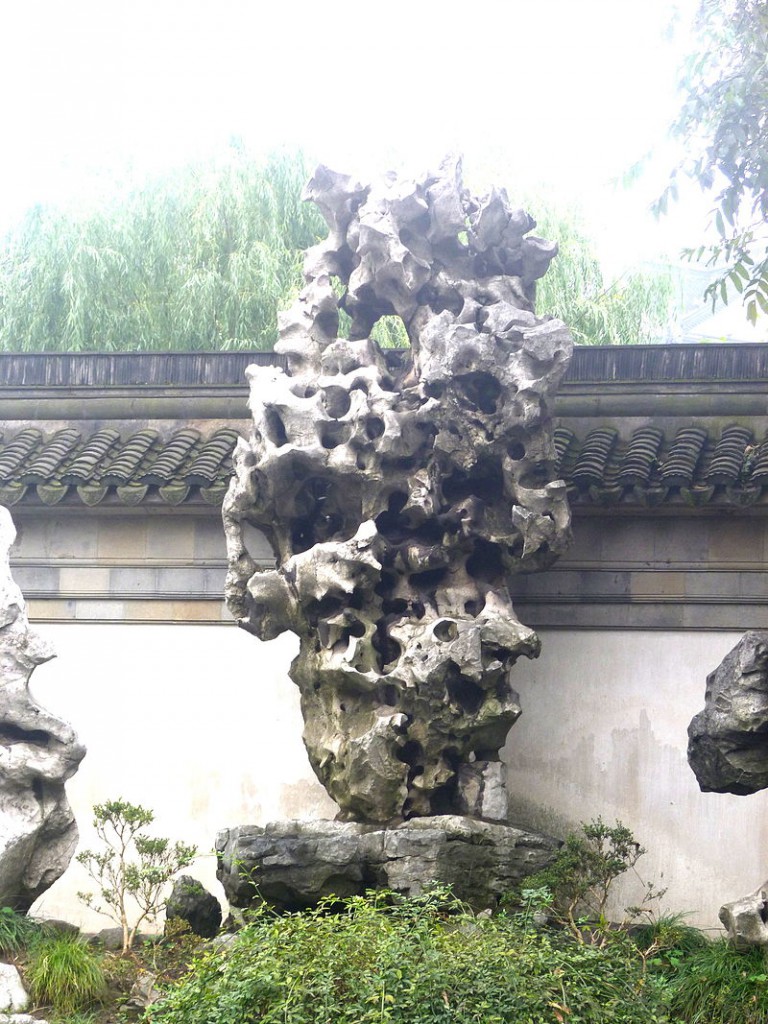
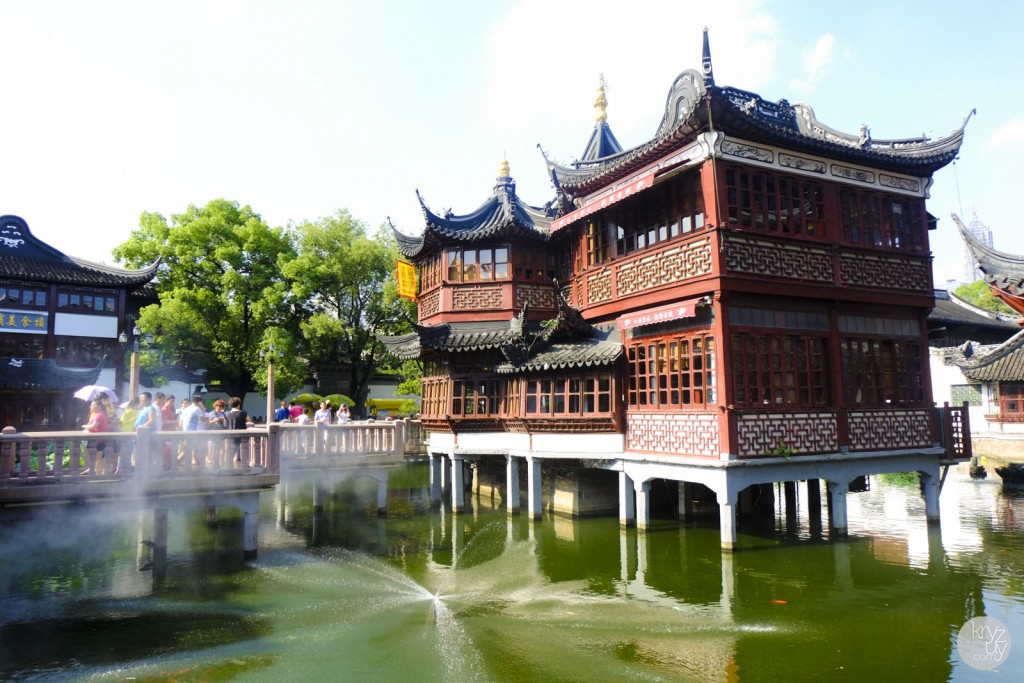
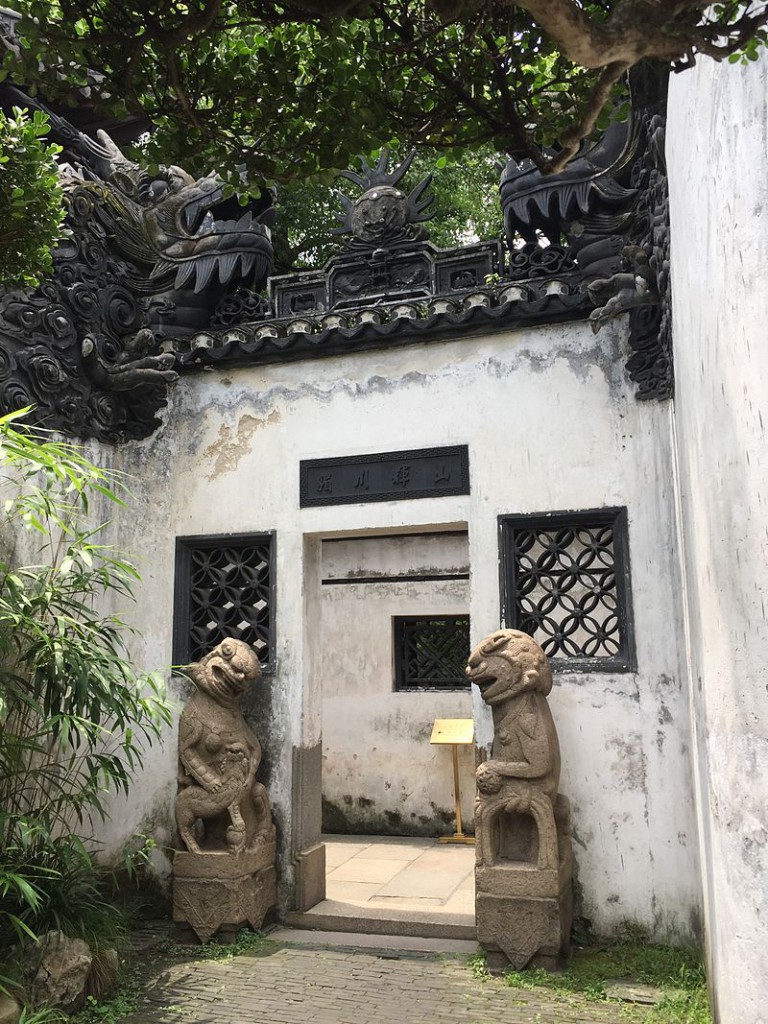
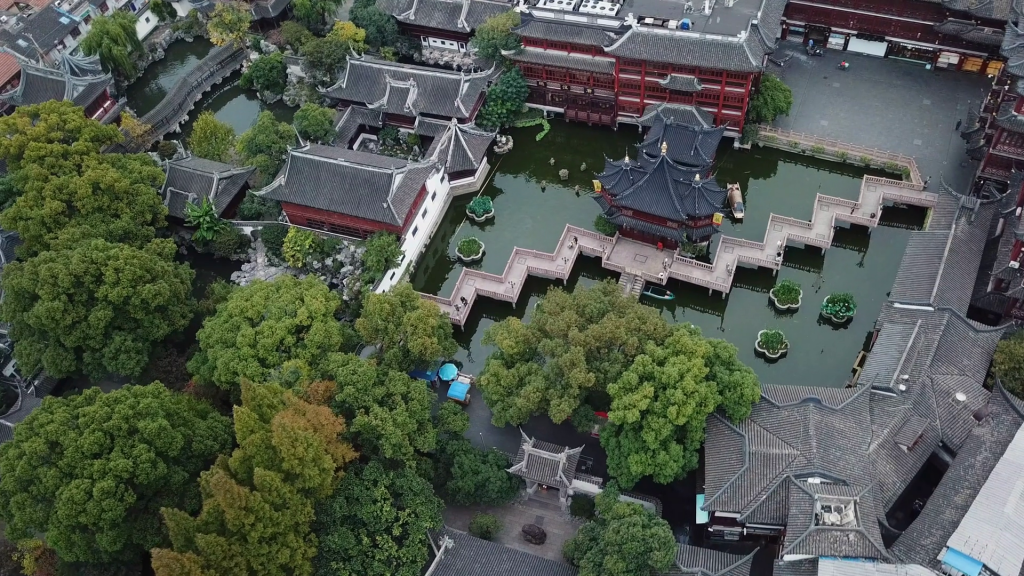
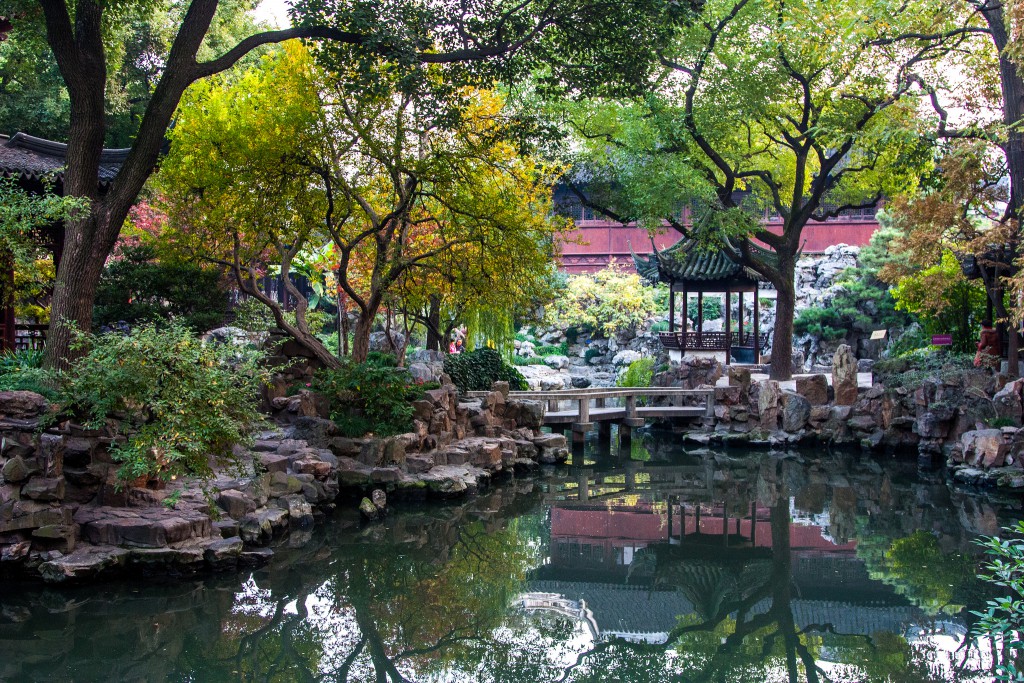
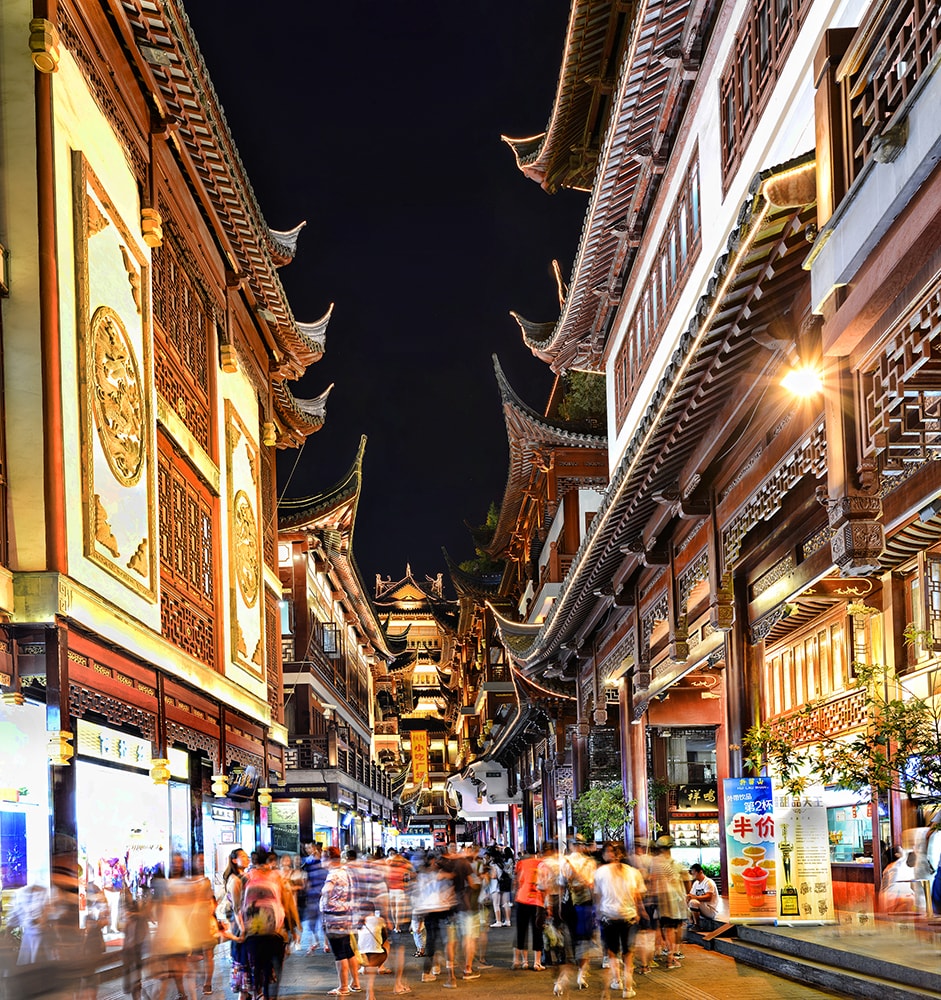
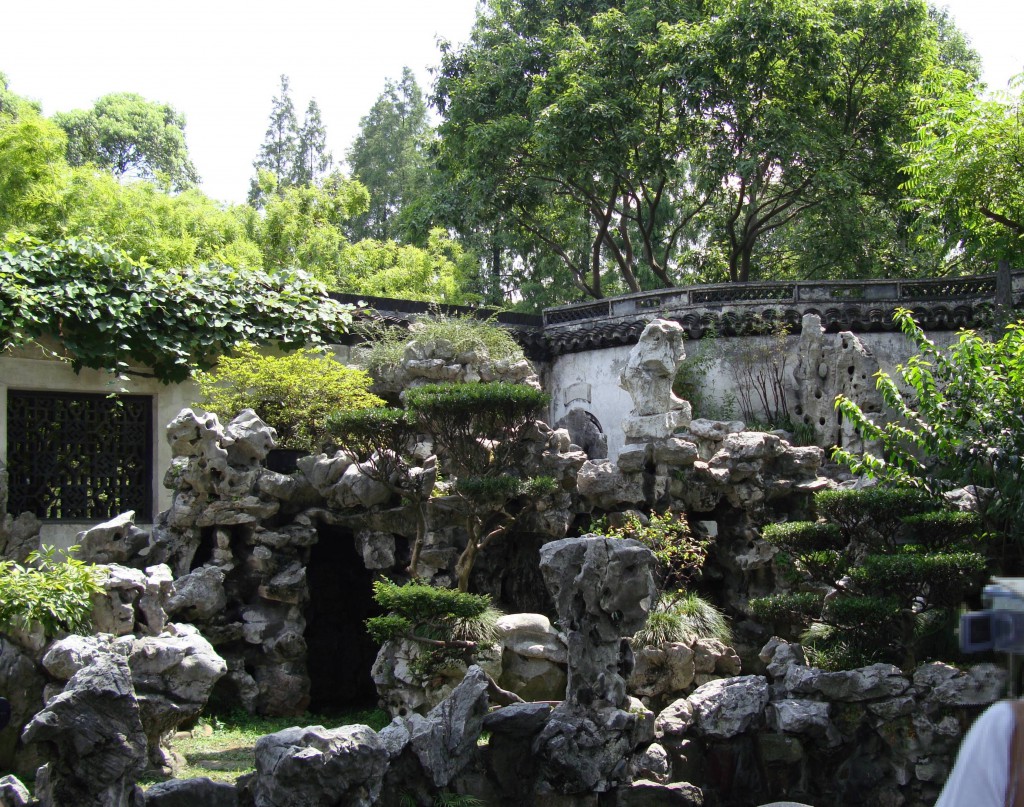
FROM:https://en.wikipedia.org/wiki/Yu_Garden
FROM:Yu Garden. Shanghai, China
FROM:Yuyuan Garden
Don’t you think it’s addictive?
Want to know more about the beauty of architecture?
Come and join our members to explore the beauty of architectural design.
覺得看得不過癮嗎?
想要知道更多建築之美嗎?
快來加入我們的會員,一同探索建築設計之美。
The above article is purely for appreciation and sharing purposes, as well as the construction of new technology and the public can be in-depth understanding of the information at the same time there are sources, will be able to query, no use of the document as a commercial transaction, if illegal, please inform the We will immediately remove the site, thank you for cooperation.
以上文章純粹作為欣賞及分享用途,以及將建築新型技術傳遞給與大眾能夠深入了解,同時資料還有來源,將可查詢,絕無使用該文件資料作為商業交易行為,如有違法請務必告知該網站我們將立即處理撤除,謝謝合作。

